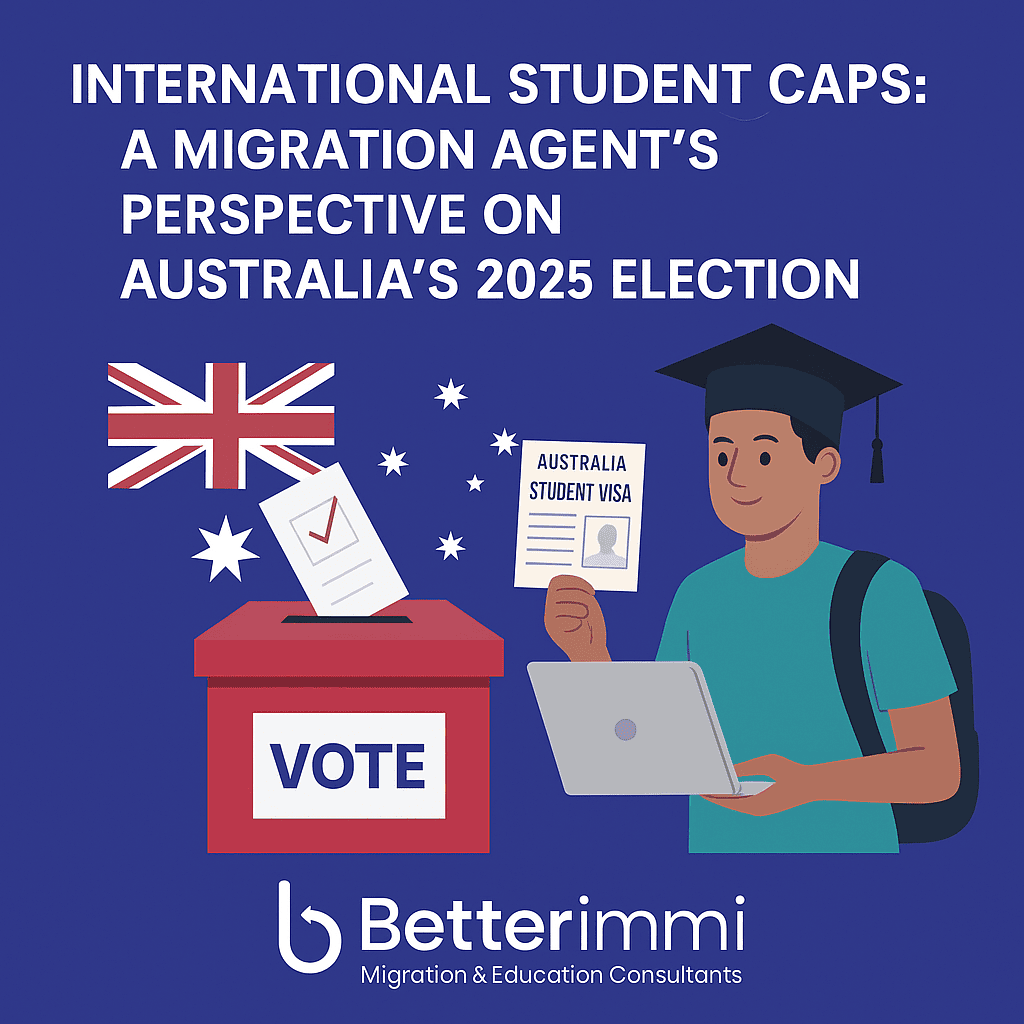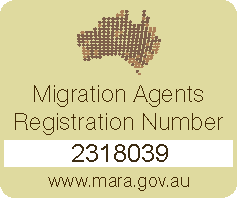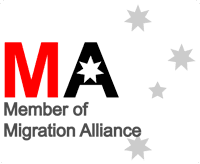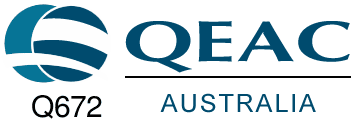Analysts at the Grattan Institute and CoreLogic point instead to chronic supply shortfalls, restrictive zoning and investor tax breaks as the main price drivers—not student demand.

Introduction
As Australia gears up for the federal election on May 3, 2025, international student caps have emerged as a pivotal issue in the immigration policy debate. With over 1 million international students currently contributing to Australia’s economy, both major parties—Labor and the Coalition—are proposing limits on new enrolments to address the Australian housing crisis. As a migration agent, I work closely with students navigating Australia’s visa system, and these policies could significantly impact their aspirations and the broader education sector. This blog post explores the proposed caps, their economic and housing implications, and why a focus on housing supply might be a more effective solution. It builds on our recent article, Debunking the Immigration Myth: Australian Housing Prices During COVID-19, which challenges the notion that immigration is the primary driver of housing costs.
The Proposed International Student Caps
Both parties have outlined plans to cap international student numbers, reflecting the heated election focus on immigration and housing:
- Labor’s Proposal: Cap new enrolments at 270,000 per year, with allocations of 145,000 for public universities, 95,000 for vocational education and training (VET) providers, and 30,000 for other institutions. This follows the blocked ESOS Amendment Bill, which aimed to implement these limits but failed in the Senate (SBS News).
- Coalition’s Proposal: Limit new enrolments to 240,000 per year, a reduction of 30,000 compared to Labor’s plan. They also propose capping foreign students at public universities at 25% and increasing visa fees to $2,500 or $5,000 for Group of Eight institutions (ABC News).
These policies aim to reduce net overseas migration and ease housing pressure, but they raise concerns about their impact on Australia’s $51 billion international education sector.
Economic Contributions and Risks
International students are a cornerstone of Australia’s economy, contributing approximately $51 billion annually through tuition fees, living expenses, and taxes. This revenue supports universities, VET providers, local businesses, and funds research and infrastructure. Key economic impacts of the proposed caps include:
- Revenue Losses: Economic modeling by Sydney University estimates Labor’s cap could cost $4.1 billion and 22,000 jobs in 2025. The Coalition’s stricter cap could lead to even greater losses (The Guardian).
- Education Sector Strain: Universities, particularly prestigious ones like the Australian National University, face significant cuts in student allocations, potentially leading to budget reductions and job losses (The Guardian).
- Global Competitiveness: Higher visa fees and caps could make Australia less attractive compared to competitors like Canada and the UK, driving talent elsewhere (ICEF Monitor).
As a migration agent, I see these policies affecting my clients’ ability to study in Australia, particularly those from developing countries who may struggle with increased visa costs.
Housing Crisis: A Misplaced Focus?
The Australian housing crisis is a key driver behind these proposals, but the link between international students and housing pressure is often overstated. Our recent blog post, Debunking the Immigration Myth, provides compelling evidence:
- COVID-19 Data: From March 2020 to September 2021, housing prices rose by 20% despite a net outflow of over 100,000 migrants due to border closures. By 2025, national home values had increased by 38.4% since March 2020, with regional areas up 56.3% and capital cities 33.6%.
- Student Impact: International students account for less than 6% of the national rental market, according to a University of South Australia study (ABC News). Reducing their numbers is unlikely to significantly lower housing costs.
- Supply Constraints: Experts emphasise that housing supply shortages, driven by slow construction, restrictive zoning, and tax incentives like negative gearing, are the primary culprits. Increasing supply through construction and infrastructure investment is a more effective solution.
Impact on Migration Agents and Clients
The proposed caps directly affect my work and my clients’ plans:
- Increased Competition: Fewer enrolment spots will heighten competition for university and VET places, requiring stronger academic credentials and more complex visa applications. For example, a nursing student from India might struggle to secure a VET spot due to caps, delaying her study-to-migration plan.
- Higher Costs: The Coalition’s visa fee increases (from $1,600 to $2,500 or $5,000) could price out many students, particularly from developing countries, limiting their access to Australian education.
- Policy Uncertainty: The stalled ESOS Amendment Bill and election-driven policy shifts create uncertainty, making it challenging to advise clients on study and visa options.
- Skilled Migration Pipeline: Many students transition to skilled visas, addressing labor shortages in sectors like healthcare and technology. Caps could reduce this pipeline, impacting Australia’s workforce.
A Balanced Approach: Recommendations
As a migration agent, I advocate for a nuanced approach to balance economic benefits, housing concerns, and student aspirations:
- Targeted Caps: Prioritize students in high-demand fields like STEM or healthcare to maintain economic contributions without overwhelming infrastructure.
- Housing Investments: Increase housing supply through government incentives, zoning reforms, and infrastructure development to address the crisis directly.
- Incentives for Quality: Reward institutions that attract high-caliber students contributing to research and innovation.
- Clear Visa Pathways: Maintain transparent pathways for students transitioning to skilled migration, supporting Australia’s labor market.
- Transparent Communication: Policymakers should provide clear updates to reduce uncertainty for students, agents, and institutions.
Policy Comparison Table
| Party | Student Cap | Visa Fees | Additional Measures |
|---|---|---|---|
| Labor | 270,000 (new enrolments) | $1,600 (current) | Allocations for universities, VET, and other providers |
| Coalition | 240,000 (new enrolments) | $2,500–$5,000 (proposed) | 25% cap on foreign students at public universities |
Conclusion
The proposed international student caps are a contentious issue in the 2025 election, with Labor’s 270,000 and the Coalition’s 240,000 reflecting different approaches to managing immigration and housing. While aimed at easing housing pressure, these caps risk undermining the $51 billion education sector and Australia’s global competitiveness. As a migration agent, I see the need for policies that address housing supply shortages while preserving the benefits of international education. Our previous article, Debunking the Immigration Myth, underscores that immigration is not the primary driver of the housing crisis, and this perspective is crucial for informed policy-making.
We invite our readers to share their thoughts on these policies and join the conversation on sustainable solutions for Australia’s future. Contact your local MP to demand zoning reforms, or support groups like the Property Council advocating for more housing. Stay informed as the election approaches, and let’s advocate for a balanced approach that supports both economic growth and housing affordability.
📌 If you’re planning to study in Australia, now is the time to get advice. Book a consultation with a Registered Migration Agent to understand your best options amid these policy changes.
References
- Australian Electoral Commission media release, 28 Mar 2025.
- Monash Lens analysis of Labor cap proposal, 7 Apr 2025.
- ABC News, “Coalition to cap international students at 240,000”, 6 Apr 2025.
- Sydney University economic modelling quoted in Third Eye Analyst, 2024.
- Department of Education, International-education export income, 2023-24.
- CoreLogic “Five Years on from COVID-19” report, Mar 2025.
- ABC News, “Home prices surge more than 20 pc…”, 30 Sep 2021.
- ABS, Overseas Migration 2020-21 (net loss -88,800).
- ABC News, UniSA rental-market study (< 6 %).
- ABC News, Property Council chart pack (rent share < 1 % in most LGAs).
- Universities Australia statement on sector value, 6 Apr 2025.
- ABC News, “Coalition to oppose Labor's contentious plan to cap international student enrolments”, 18 Nov 2024.
- The Guardian, “Labor left red-faced on international student cap as Coalition sides with Greens”, 18 Nov 2024.
- ICEF Monitor, “International student policy in the spotlight during Australian election”, 15 Apr 2025.
 .
. 
